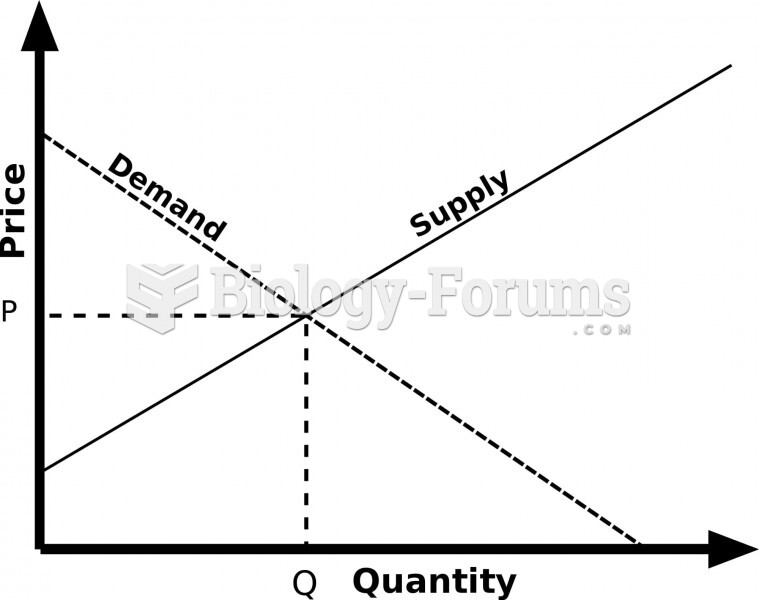Answer to Question 1
C
Answer to Question 2
In developing goals for the marketing plan, it is important to keep in mind that marketing goals should be attainable, consistent, comprehensive, and involve some degree of intangibility. Failure to consider these issues will result in goals that are less effective and perhaps even dysfunctional.
Attainability-Setting realistic goals is important because the key parties involved in reaching them must see each goal as reasonable. Determining whether a goal is realistic requires an assessment of both the internal and external environments. Unrealistic goals can be demotivational because they show employees that management is out of touch. Because one of the primary benefits of having goals is to motivate employees toward better performance, setting unrealistic goals can cause major problems.
Consistency-In addition to being realistic, management must work to set goals that are consistent with one another. Enhancing market share and working to have the highest profit margins in the industry are both reasonable goals by themselves, but together they are inconsistent. Goals to increase both sales and market share would be consistent, as would goals to enhance customer service and customer satisfaction. Goals across and within functional areas should also mesh together.
Comprehensiveness-This means that each functional area should be able to develop its own goals that relate to the organization's goals. Goals should help clarify the roles of all parties in the organization. Functional areas that do not match any of the organization's goals should question their need for future resources and their ability to acquire them.
Intangibility-Goals should involve some degree of intangibility. A goal is not an action that the firm can take; rather, it is an outcome that the organization hopes to accomplish. Actions such as hiring new salespeople or doubling the advertising budget are not goals because any firm with adequate resources can accomplish both tasks. However, having the best-trained sales force in the industry or the most creative and effective advertising campaign in the industry are suitable goals. Note the intangibility associated with the use of terms such as best-trained, most creative, and most effective. These terms are motivational because they promote comparisons with rival firms. They also push for excellence because their open-ended nature always leaves room for improvement.







